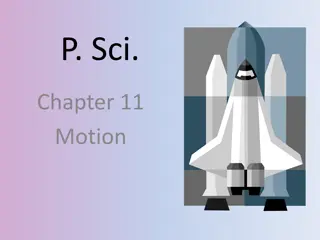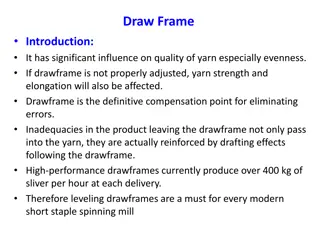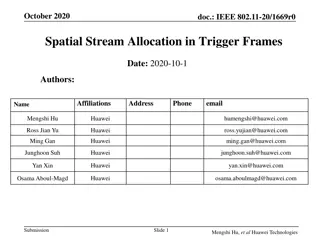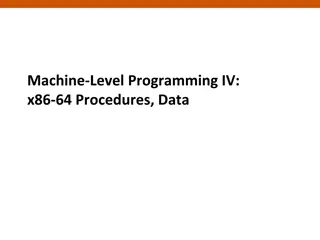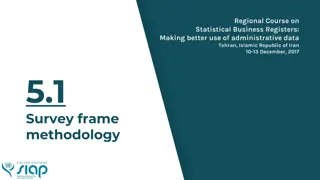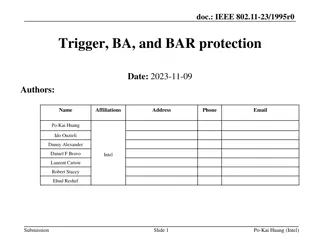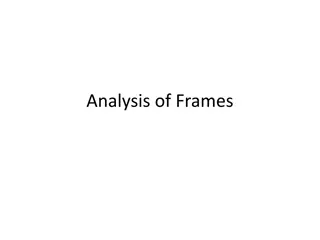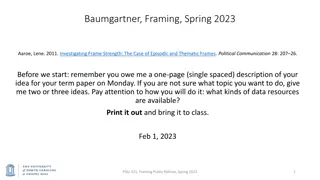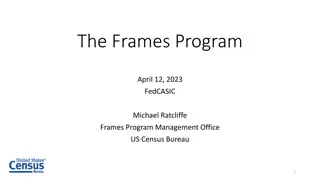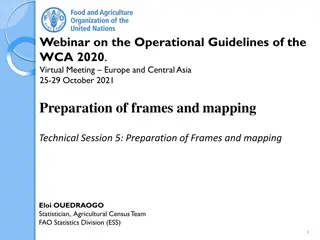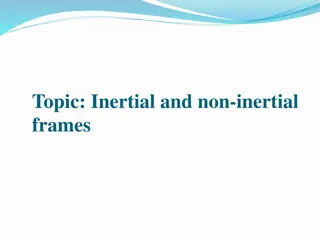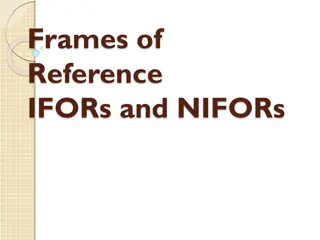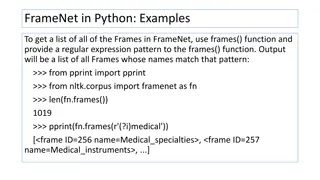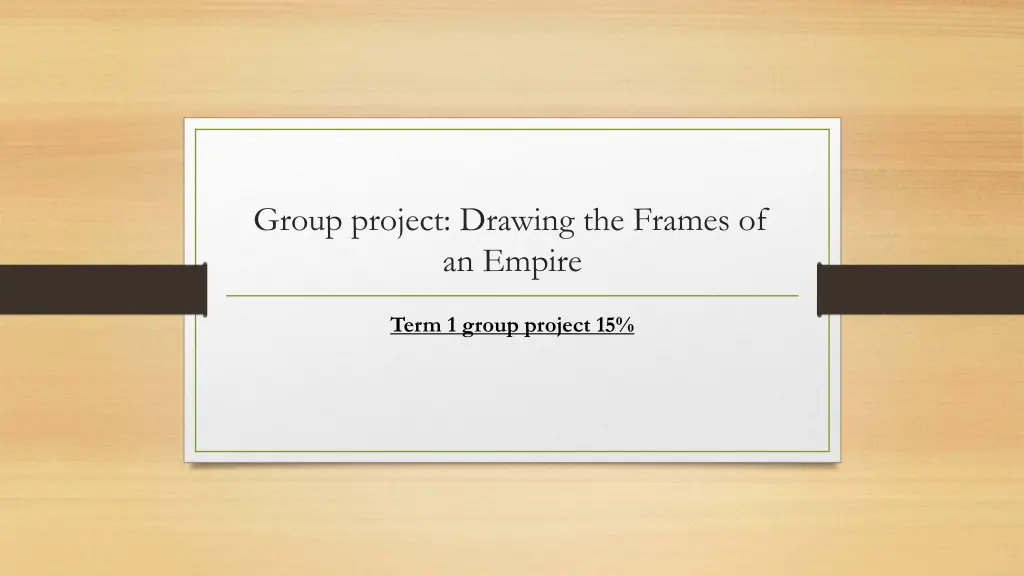
Frames of an Empire: Visualizing Changes in Historical Empires
Explore the evolution of empires between 1750-1900 through visual displays of key events and transitions. Understand the categories of empires, methods of control, and the significance of continuity and change over time. Create engaging presentations using a variety of media to showcase the rise and fall of different empires.
Download Presentation

Please find below an Image/Link to download the presentation.
The content on the website is provided AS IS for your information and personal use only. It may not be sold, licensed, or shared on other websites without obtaining consent from the author. If you encounter any issues during the download, it is possible that the publisher has removed the file from their server.
You are allowed to download the files provided on this website for personal or commercial use, subject to the condition that they are used lawfully. All files are the property of their respective owners.
The content on the website is provided AS IS for your information and personal use only. It may not be sold, licensed, or shared on other websites without obtaining consent from the author.
E N D
Presentation Transcript
Group project: Drawing the Frames of an Empire Term 1 group project 15%
Group project - Drawing the Frames of an Empire 1750 -1900 Groups of 1-3 - three frames = three people! Choose and Empire that existed between 1750 1900 Create a visual display of changes that occurred in the Frames of your empire Choose you empire on Friday Today we choose our groups and learn the frames British Spanish French Ottoman Russian Mughal Portuguese Tokugawa Dutch Holy Roman Empire German Ashanti Benin Zulu Abyssinian Qinn More?
But first - what are the categories of Empires? An empire is a state or group of states under the authority of a single ruler, or in some cases, a small group of people (oligarchy). The states or areas within the empire are diverse and are composed of people of different languages, races, cultures, etc. The male ruler of an empire is often called an emperor, while the female ruler of an empire is often called an empress. However, sometimes other titles are used. King and queen, of course, are some of the most common, but there are others. For example, the Russian emperor was called the tsar, and the German emperor was called the kaiser.
Unit Question: How do empire maintain control? Studies of empires show that control within them can be based on incentives rather than coercion or on a combination of both. It can be exercised through a variety of military, economic, and cultural means. It can be formal or informal to varying degrees. The status of groups and individuals in empires can also differ.
Defining an Empire An empire begins with a central state that absorbs other states and territories. In many empires, wars of conquest are an essential component. Empires also expand through colonization, which involves claiming foreign lands for the empire and establishing settlements. Remember We are looking at Continuity and Change over time. Methods of Control Resistance/Rebellion Contestability Causation Multiple Perspectives Significant Ideas, events & individuals
What you will produce Method Power point Annotated time line Formal report Website What you will include Pictures Maps Key ideas/individuals Timelines Task sheet supplied on Friday!!

